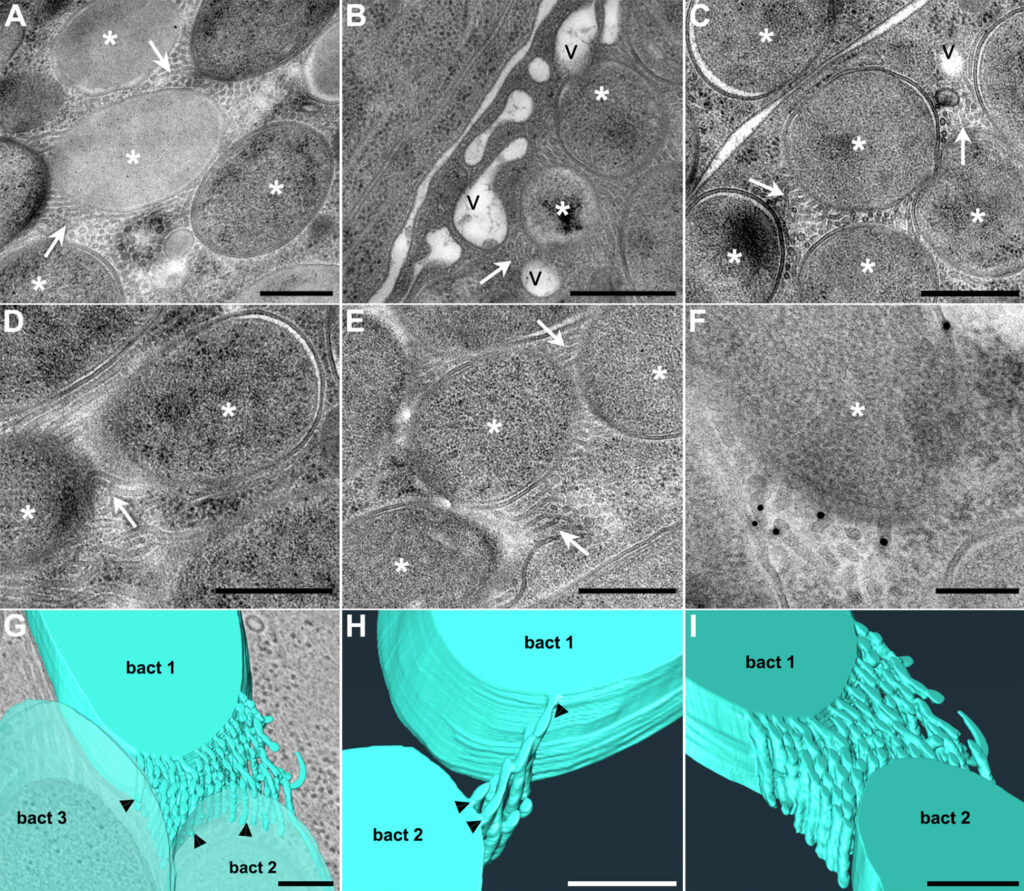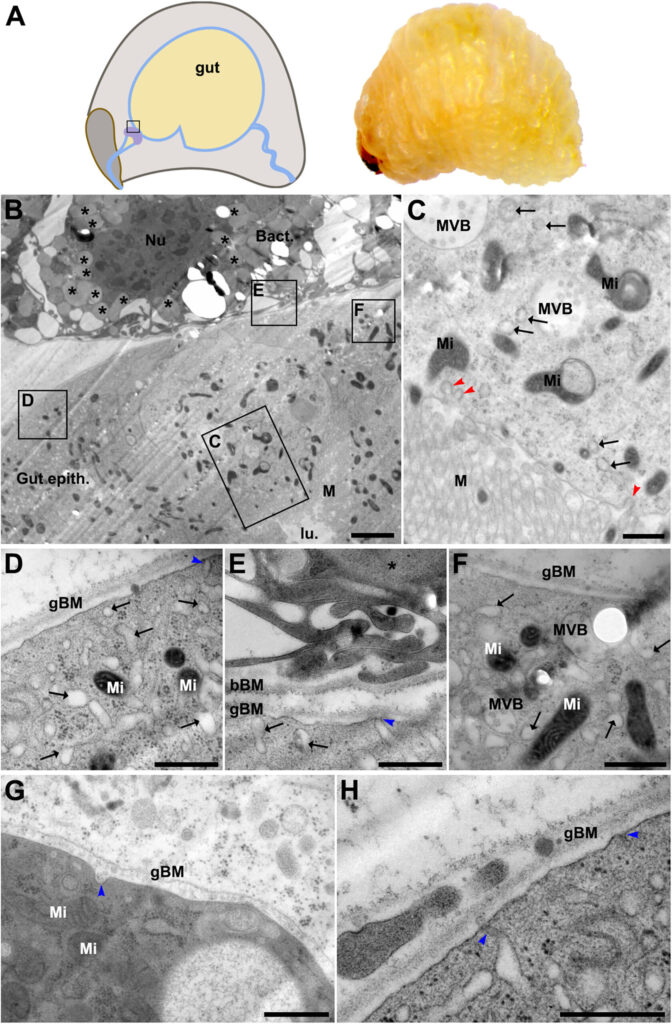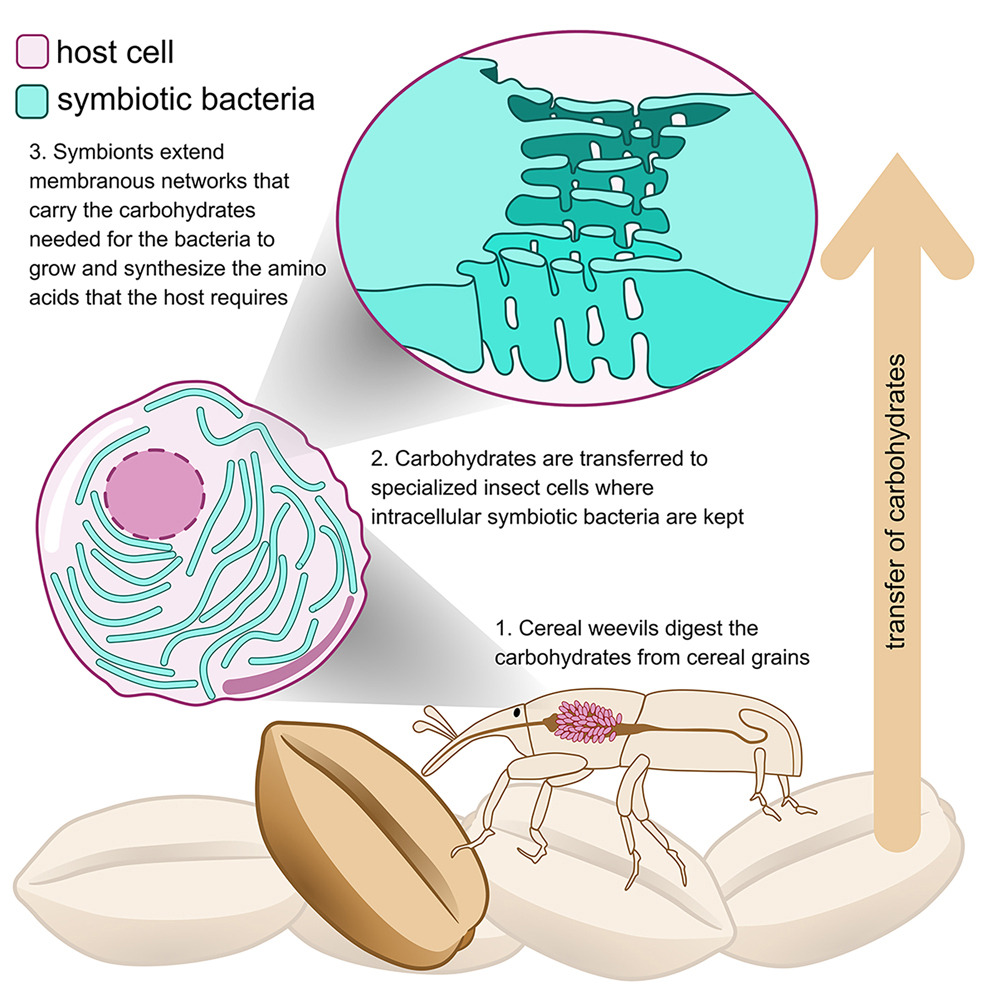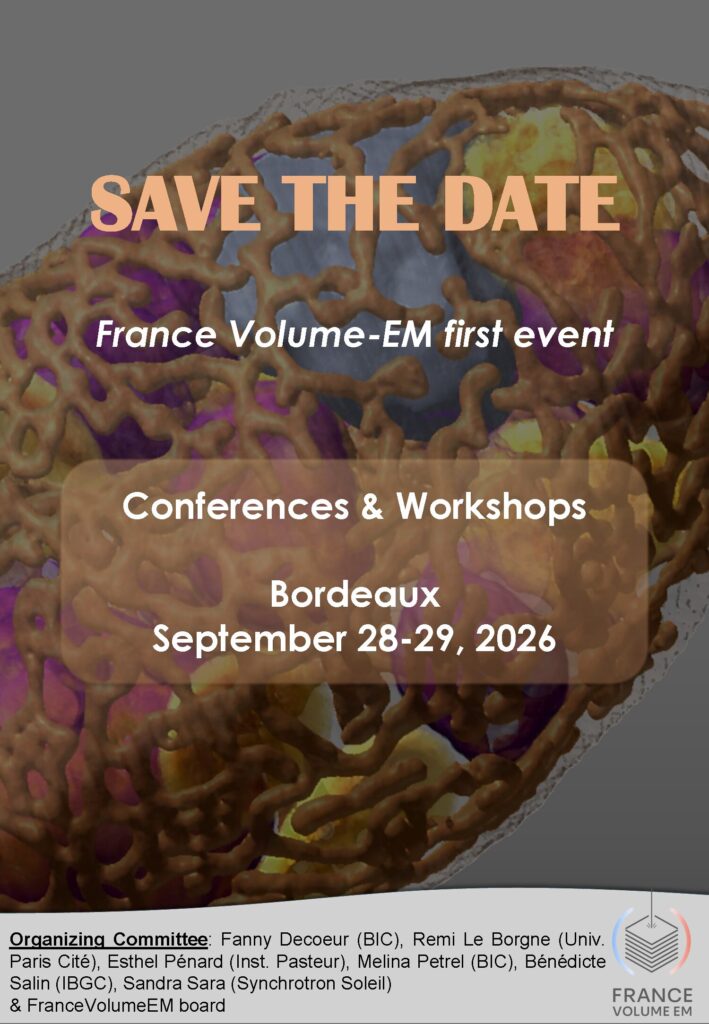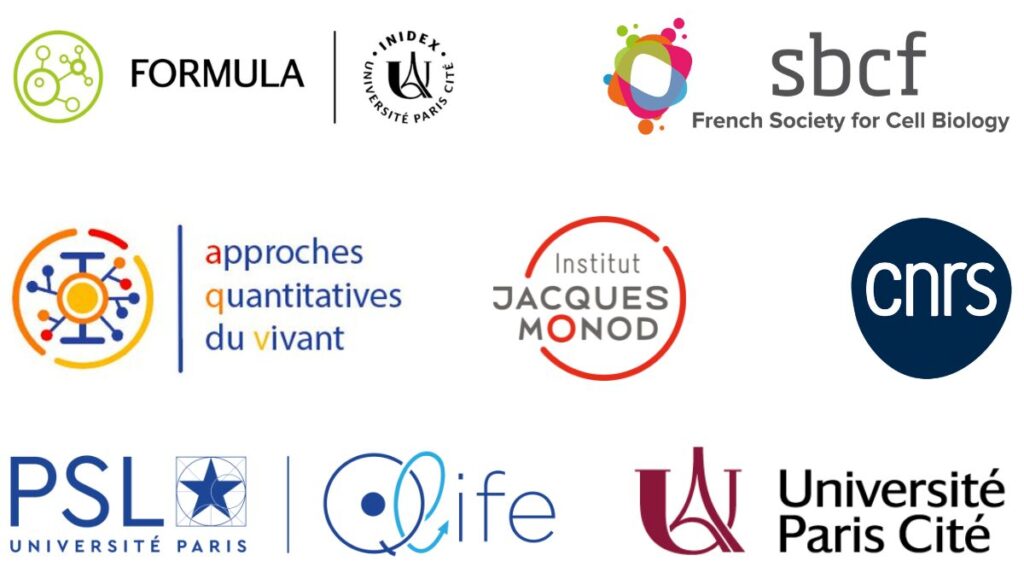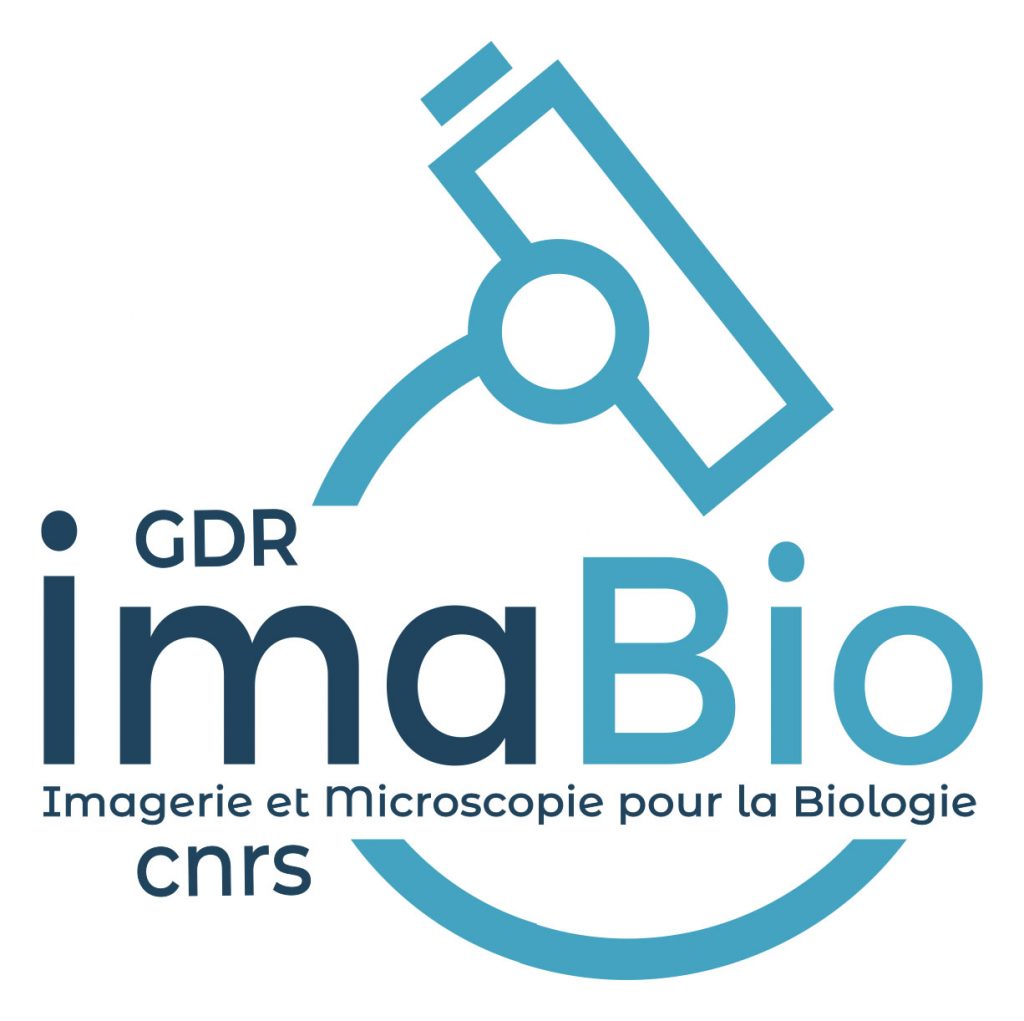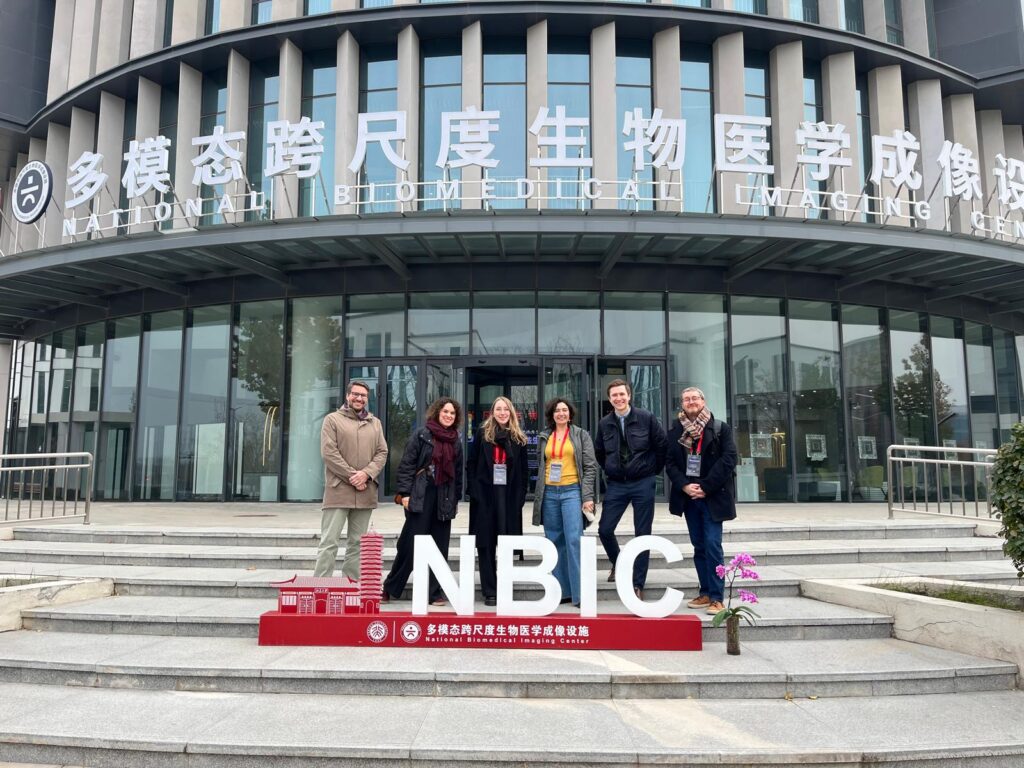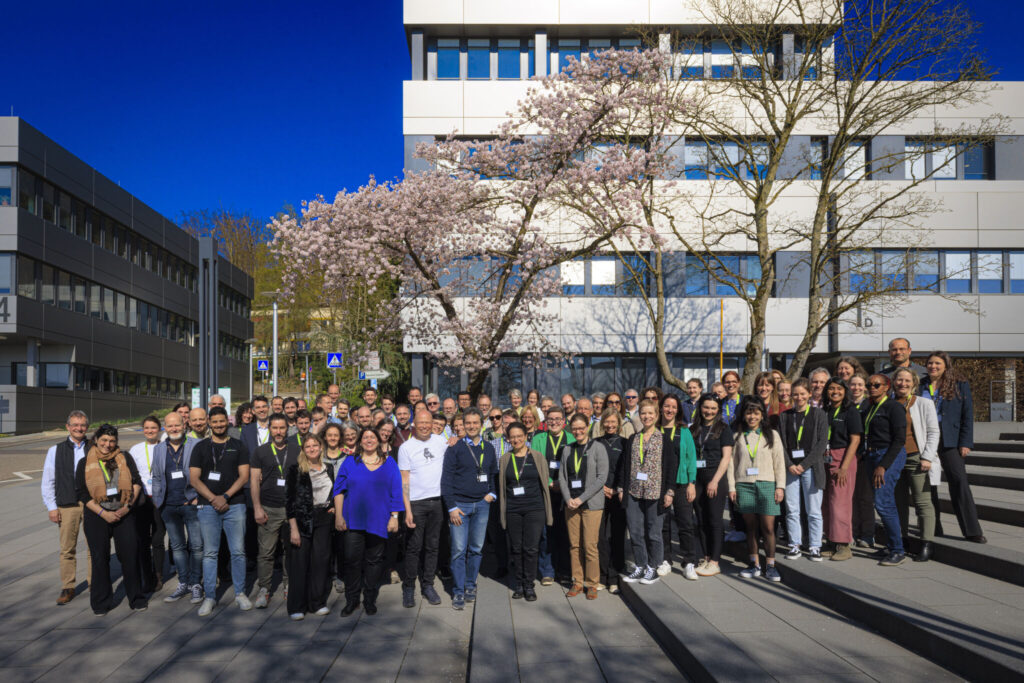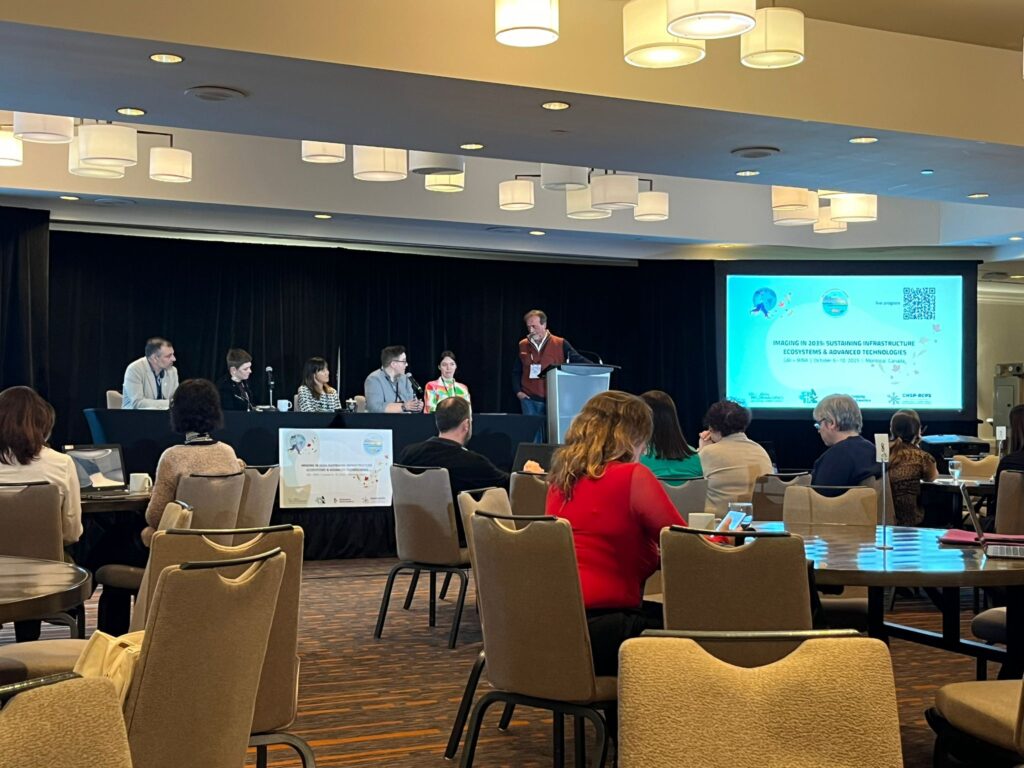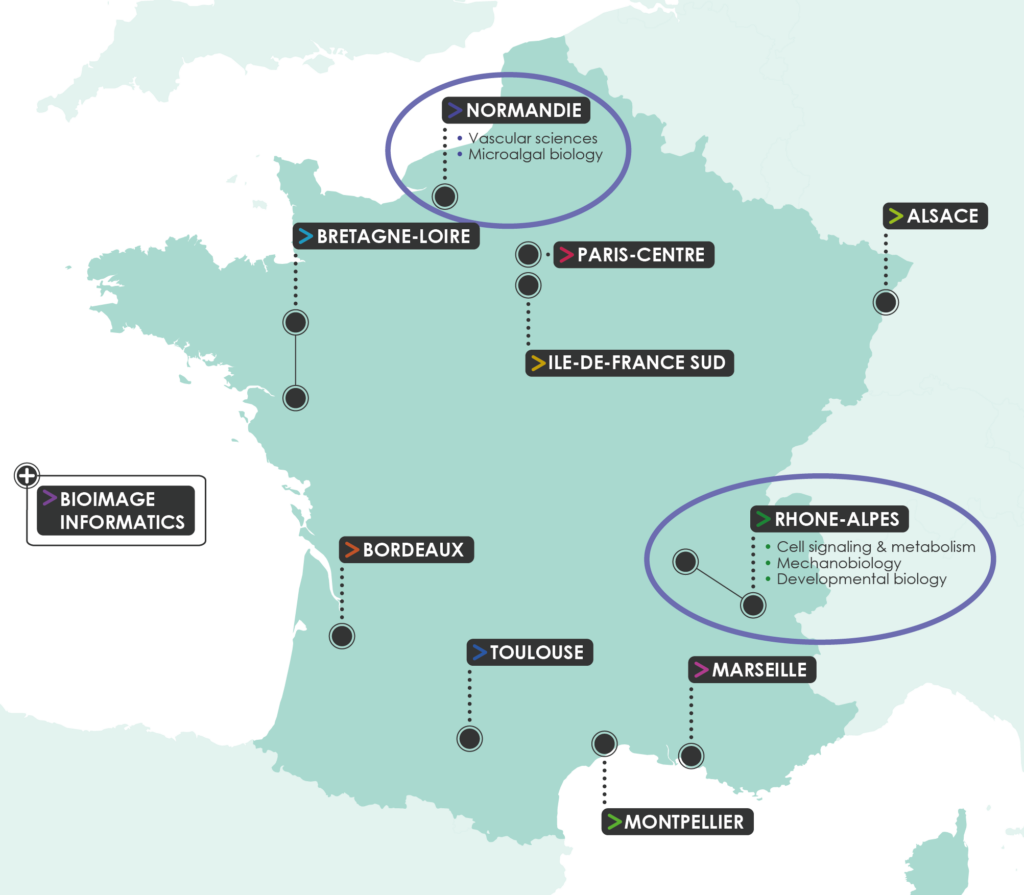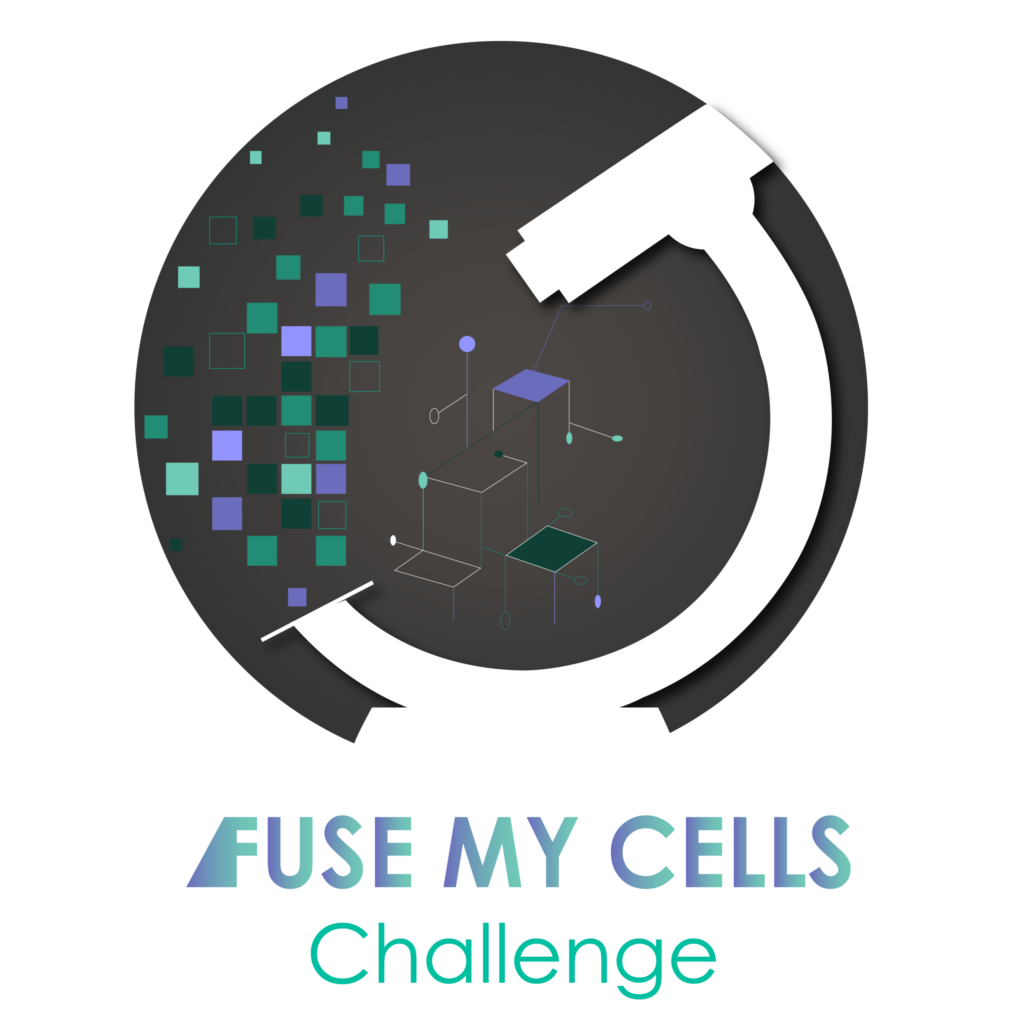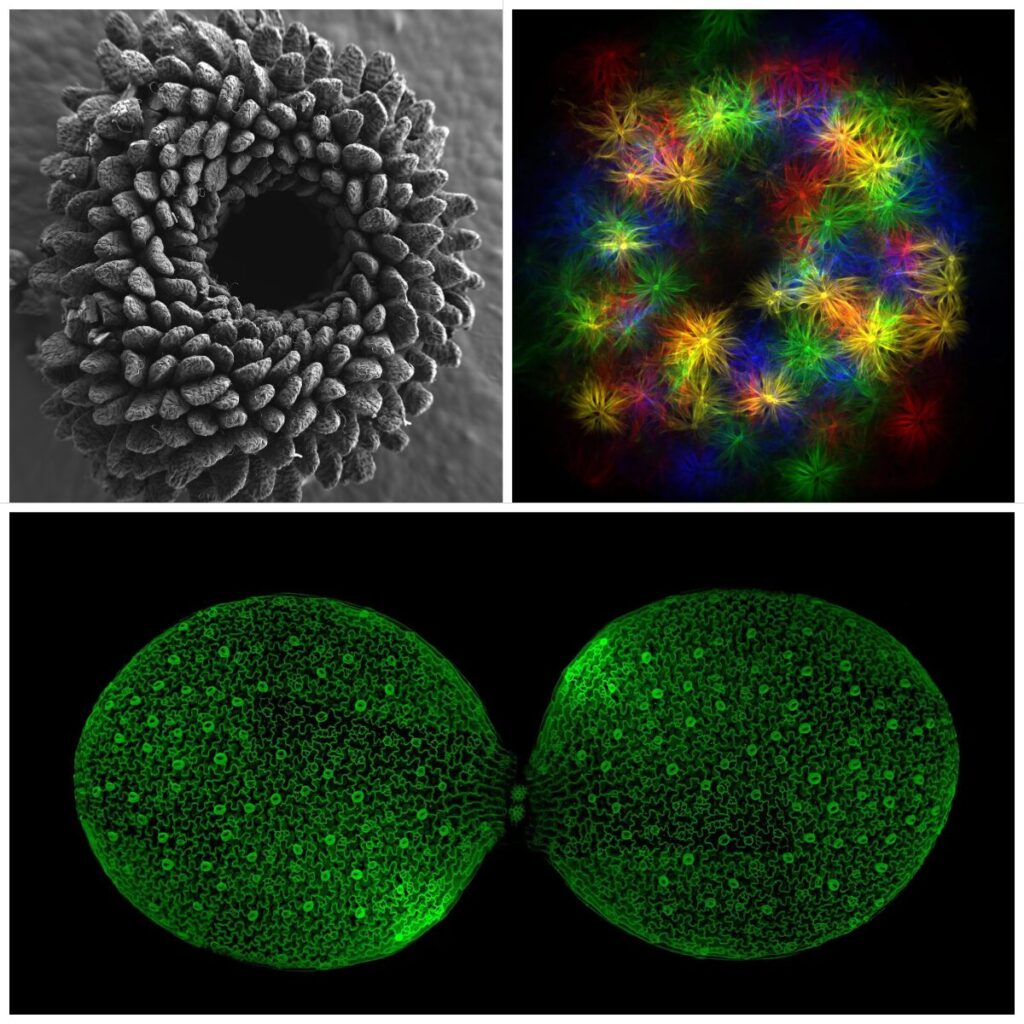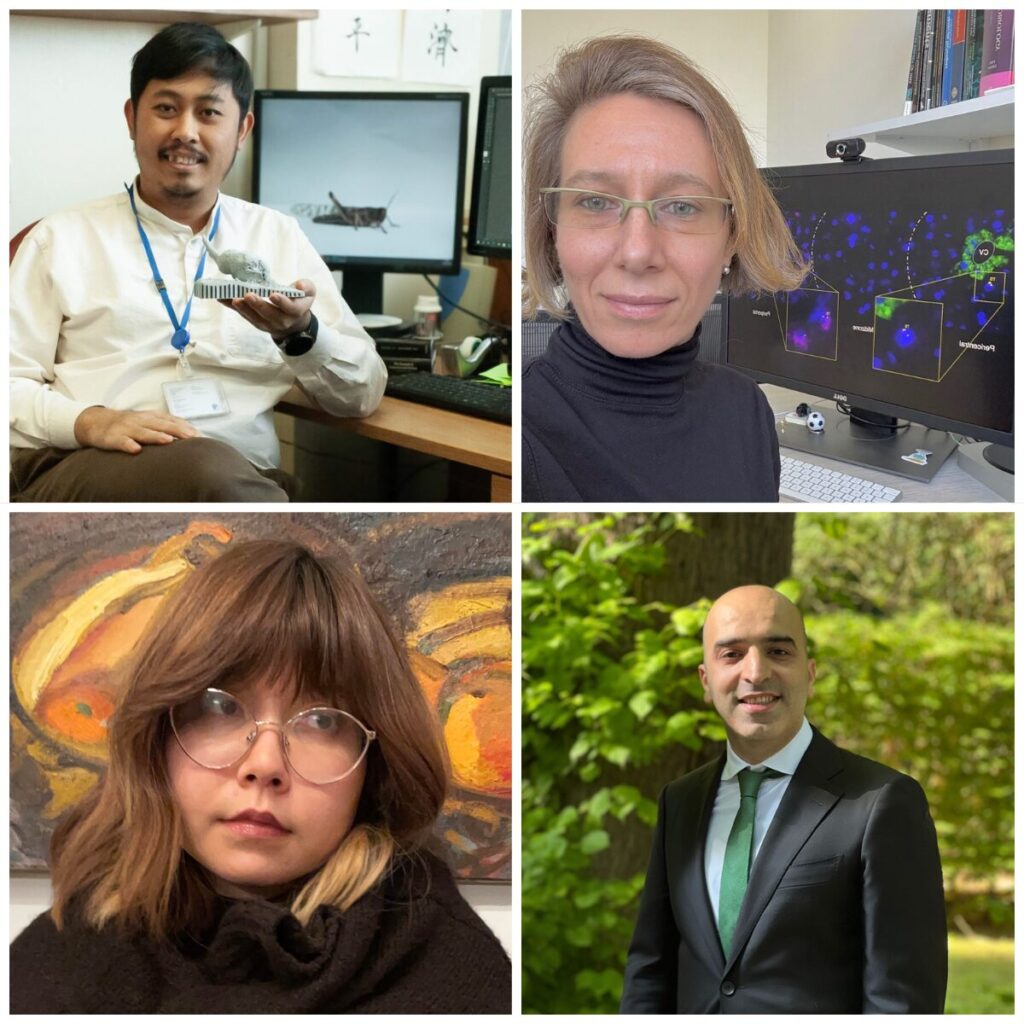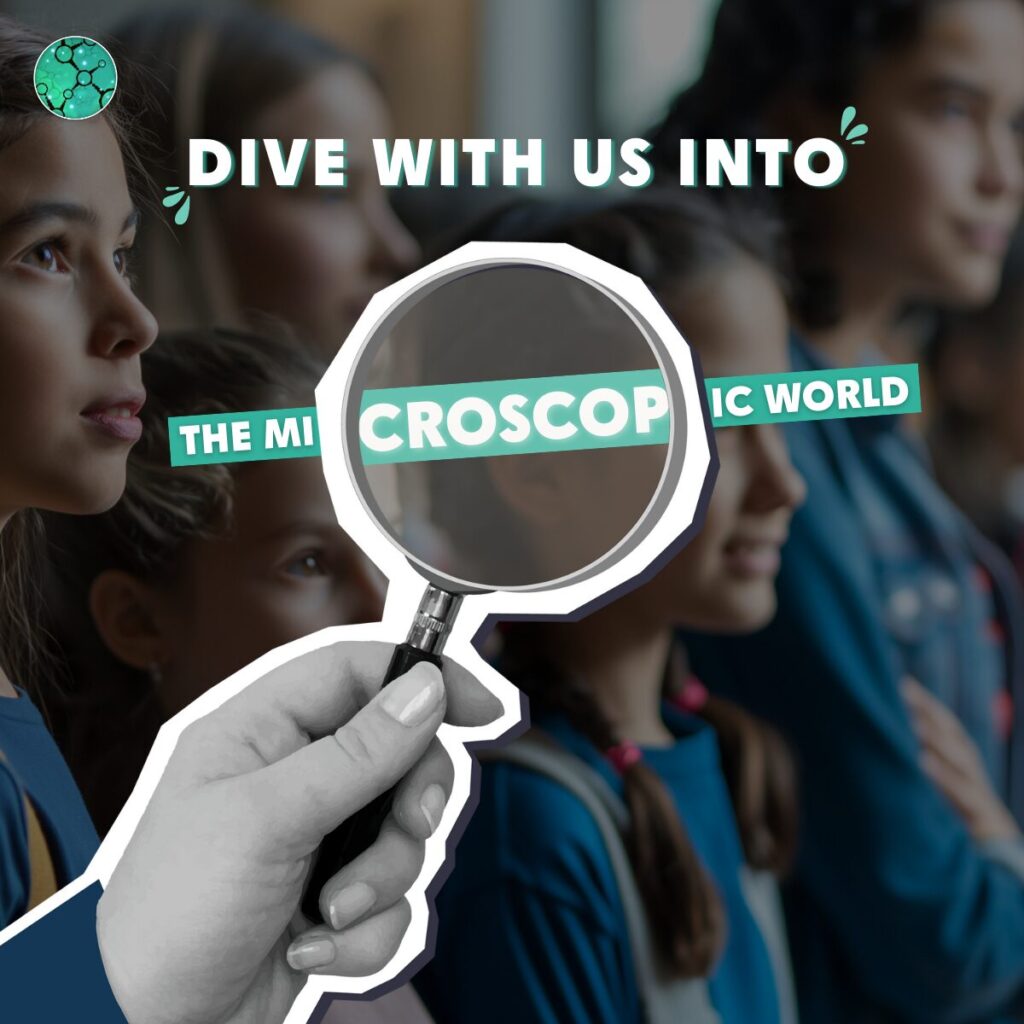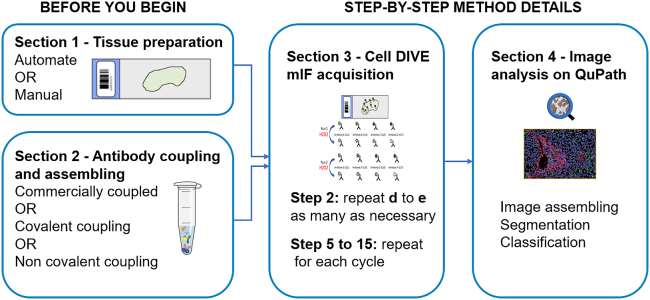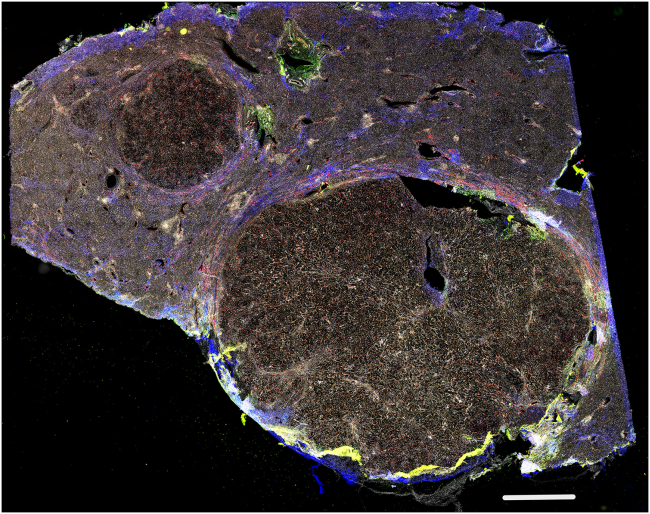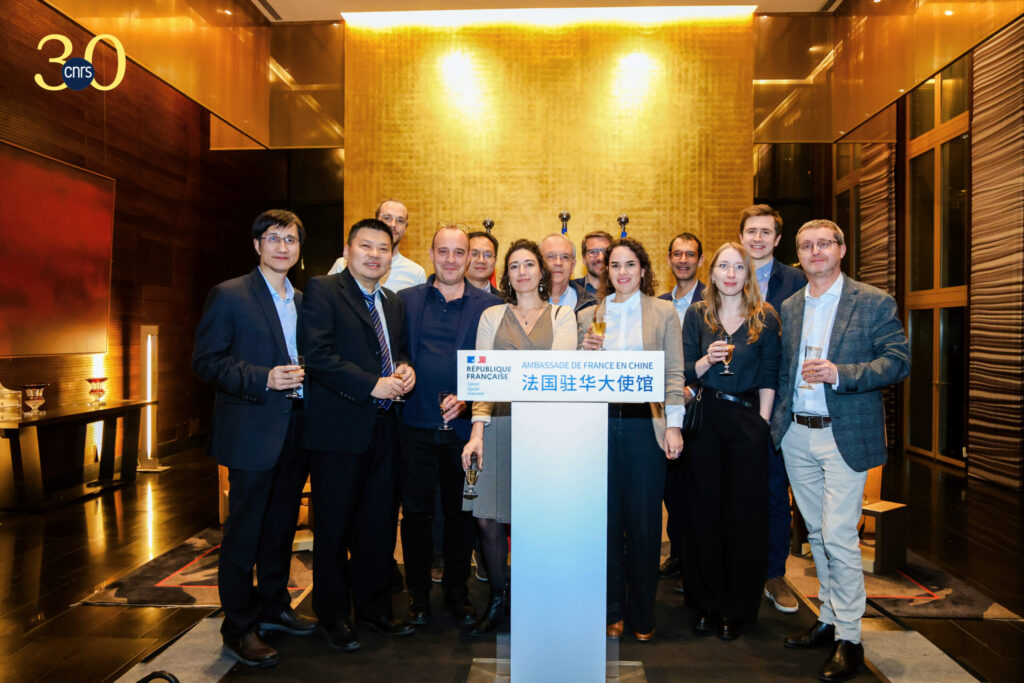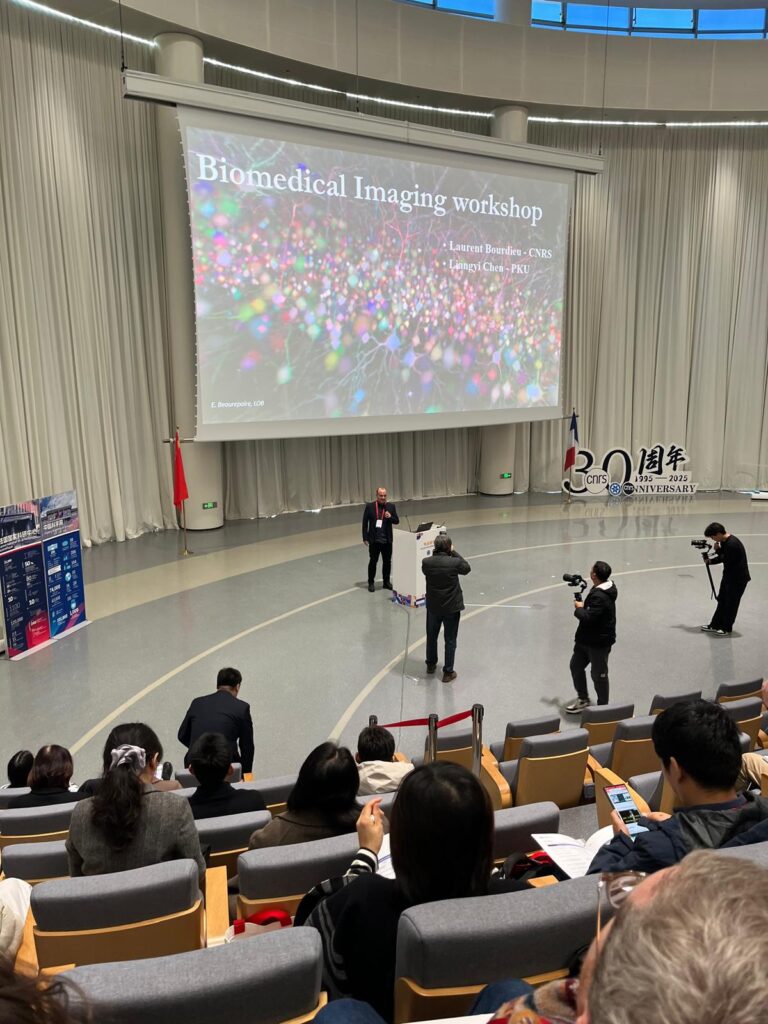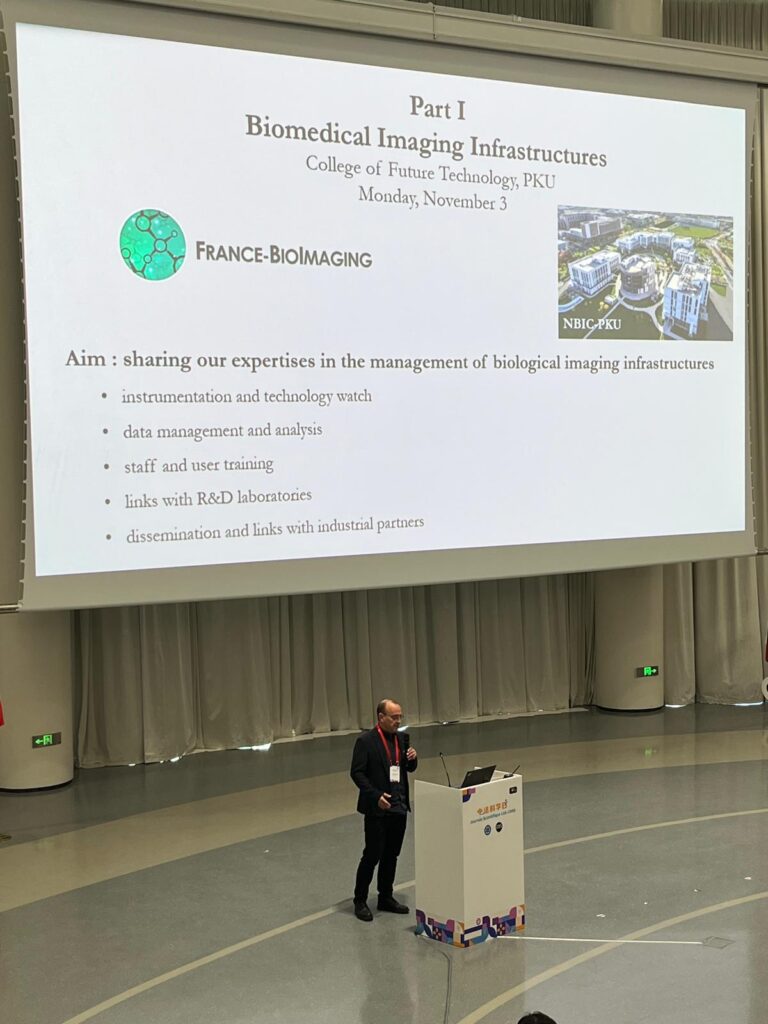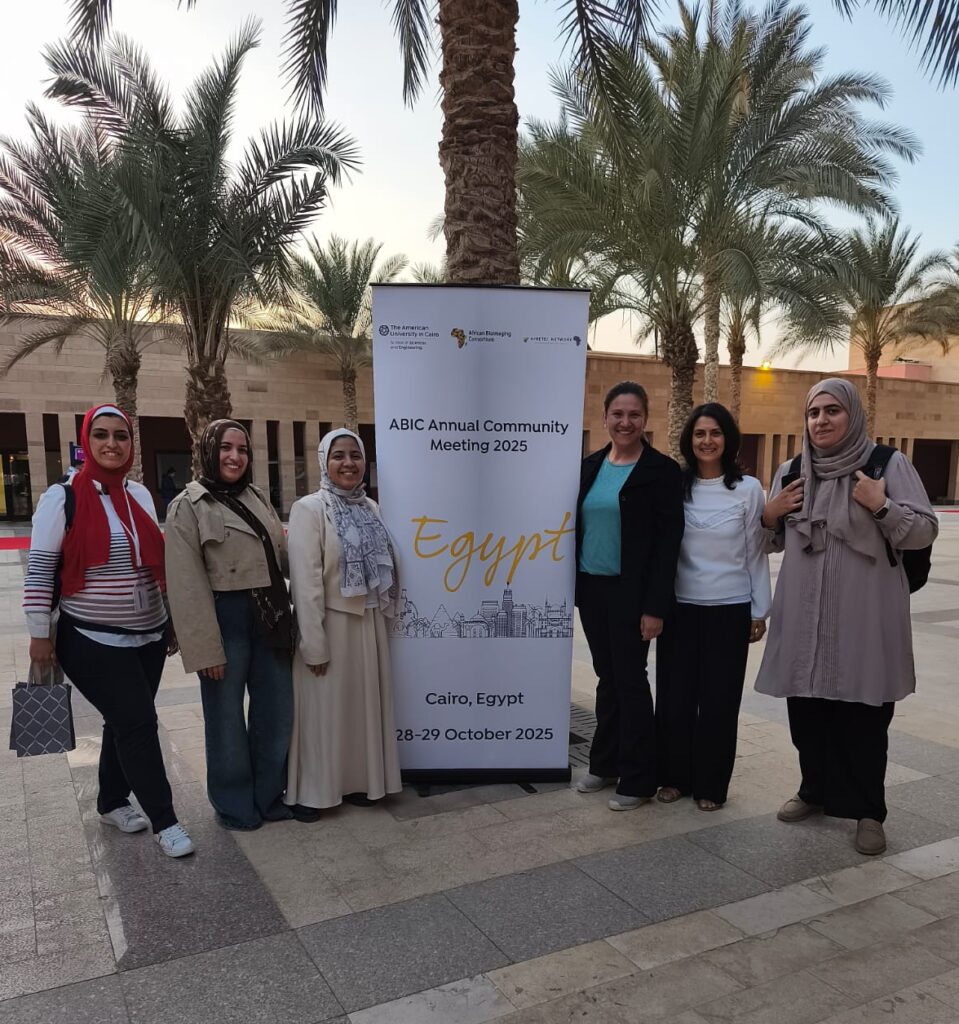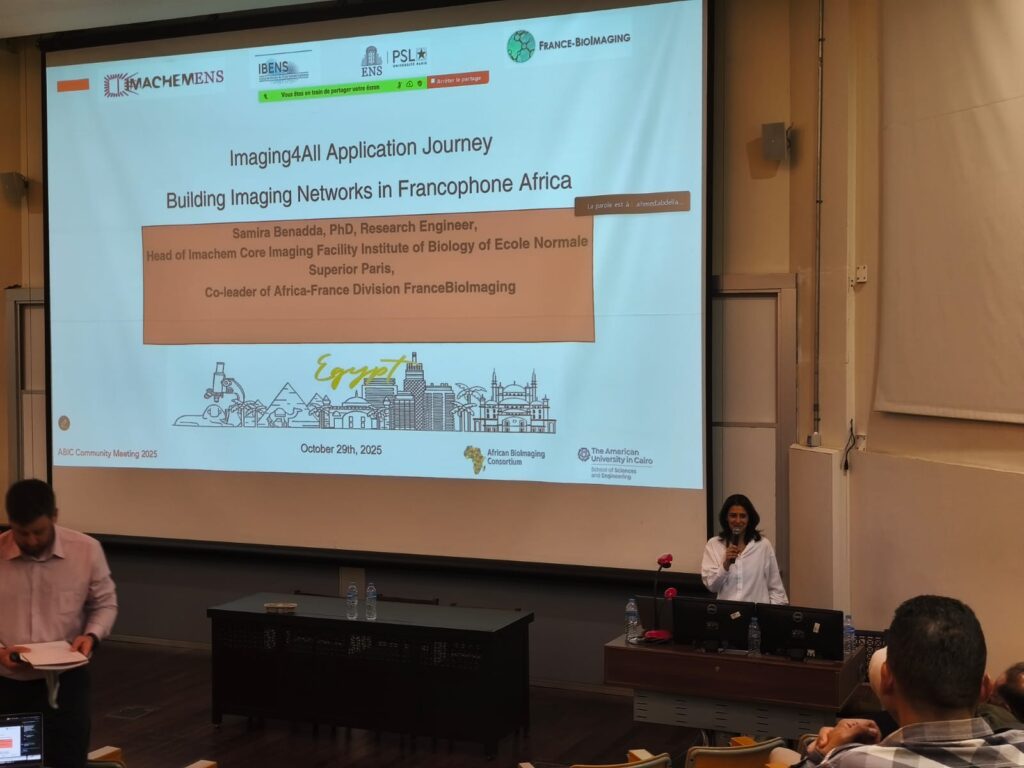A model symbiosis reveals a specific nutrient exchange strategy
Many insects rely on intracellular bacterial symbionts to support their growth and development. These bacteria provide essential nutrients that the host cannot synthesize on its own, while depending on the insect for metabolic resources. Although this mutual dependence is well established, the cellular mechanisms underlying nutrient exchange between hosts and symbionts have long remained unclear.
In this study, the authors focus on a model of nutritional symbiosis between the cereal weevil Sitophilus spp. and its intracellular bacterial symbiont Sodalis pierantonius. By investigating this specific host-symbiont system, the researchers reveal how S. pierantonius directly accesses carbohydrates derived from the insect diet. Using advanced imaging approaches, they uncover an unexpected intracellular organization that enables efficient nutrient transfer at the nanoscale in this particular symbiotic context.
Seeing nutrient exchange across scales
To investigate this well-defined symbiotic model, the study relied on a combination of complementary imaging techniques to visualize nutrient exchange from the tissue scale down to the nanoscale.
Transmission electron microscopy (TEM) and electron tomography, performed after high-pressure freezing (HPF), provided high-resolution 3D views of host cells, with excellent preservation of membranes. These experiments, carried out at the Centre Technologique des Microstructures, a platform of the Rhône-Alpes node of France-BioImaging, were essential to resolve fine bacterial membrane structures. In parallel, spinning disk confocal microscopy enabled fluorescence imaging of intact tissues, while scanning transmission X-ray microscopy (STXM) provided in situ chemical information.
Imaging reveals tubenets as key nutrient exchange interfaces
The imaging data first establish the spatial organization of the symbiosis within the insect. Symbiotic bacteria are confined to a specialized organ, the bacteriome, and are intracellularly localized within host bacteriocytes. This organization defines a highly structured cellular environment in which host and symbiont interactions take place.
At the cellular level, the bacteria display an unexpected morphological complexity. Rather than remaining as isolated intracellular units, Sodalis pierantonius forms an extensive network of tubular membrane structures, termed tubenets, within bacteriocytes. These structures extend from the bacterial surface and interconnect neighboring bacterial cells, giving rise to a continuous three-dimensional network embedded in the host cytoplasm.
Figure 2 Endosymbionts produce numerous tubular membranous extensions inside bacteriocytes
(A–E) TEM observation of sections of bacteriomes fixed by HPF. Tubular structures (arrow: examples) are observed longitudinally or transversely sectioned, revealing their membranous nature. These structures, hereafter referred to as “tubenets,” are located between bacteria and vesicles (arrow in B) or between bacteria (arrows in A, C, D, and E).
(F) Tubenets are stained by antibodies directed against the bacterial protein Lpp after an immunogold protocol, indicating a bacterial origin of tubenets. Antibodies are localized thanks to gold particles (black dots). ∗, bacteria, v, vesicles.
(G) Tomogram slice with superimposed 3D segmentation of bacteria (bact) and tubenets. Bact 2 and 3 are represented as transparent layers to allow visualization of the lateral connections between bacteria and tubenets (black arrowheads).
(H and I) 3D rendering from the same tomogram as in (G). The segmentation of bact 3 is not shown for better visualization. (H) Connections are observed between bacteria and tubenets (black arrowheads). For clearer representation, not all tubenets are displayed in this panel. (I) Complex interconnections between the tubenets and between tubenets and bacteria are visualized along their long axes.
High-resolution observations further reveal that tubenets originate from the bacterial outer membrane. Their molecular features include characteristic components of bacterial outer membranes, indicating that they result from a controlled remodeling of the bacterial envelop rather than from host-derived compartments. This remodeling generates an expanded membranous architecture while preserving bacterial membrane identity.
High-resolution observations further reveal that tubenets originate from the bacterial outer membrane. Their molecular features include characteristic components of bacterial outer membranes, indicating that they result from a controlled remodeling of the bacterial envelop rather than from host-derived compartments. This remodeling generates an expanded membranous architecture while preserving bacterial membrane identity.
Figure S1 Ultrastructure of the larval gut epithelium in the bacteriome vicinity
(A) Drawing (left) and photo (right) of S. oryzae larva. The bacteriome is in purple. The frame indicates the area corresponding to the TEM image in (B). Anterior is left.
(B) TEM imaging of the gut epithelial cells and of bacteriocytes in the nearby bacteriome. Frames correspond to the regions observed with higher magnification in (C–F).
(C) Apical side of a gut epithelial cell with endocytic vesicles.
(D–H) Basal side of gut epithelial cells. In (E), the nearby bacteriome is visible, with complex membranous structures at the gut-bacteriome interface. Red arrowheads, endocytosis; Blue arrowheads, exocytosis; Arrows, intracellular vesicles; lu, gut lumen; MVB, multivesicular body; Mi, mitochondria; M, microvilosity; gBM, gut basal membrane; bBM, bacteriome basal membrane; ∗, endosymbionts; Nu, nucleus; Bact, bacteriome; Gut epith, gut epithelium.
The spatial arrangement of tubenets places them in close proximity to host intracellular vesicles associated with nutrient trafficking from the digestive epithelium. Based on the convergence of spatial, structural and molecular observations, the authors propose that tubenets function asspecialized interfaces at the host-symbiont boundary.
According to this proposed model, the expansion of membrane surface provided by tubenets would facilitate the access of symbiotic bacteria to host-derived nutrients. These nutrients would support bacterial metabolism and contribute to the synthesis of essential compounds, such as amino acids, which are required for the normal growth and development of the insect host during key developmental stages.
Imaging to understand the diversity of host-symbiont interactions
By elucidating the cellular organization of the Sodalis-Sitophilus symbiosis, this study provides new insights into the diversity of strategies used by endosymbiotic bacteria to interact with their host. Rather than relying on simple diffusion or passive exchange, the bacteria appear to deploy a complex architecture that may optimize interactions with the intracellular environment.
Beyond this specific model system, the work highlights how advanced imaging approaches are essential to uncover the structural basis of biological functions that remain inaccessible through genetic or biochemical analyses alone. By integrating information across spatial scales, from tissues to membranes,imaging makes it possible to connect cellular architecture with metabolic and developmental processes.
Read the scientific article here!
